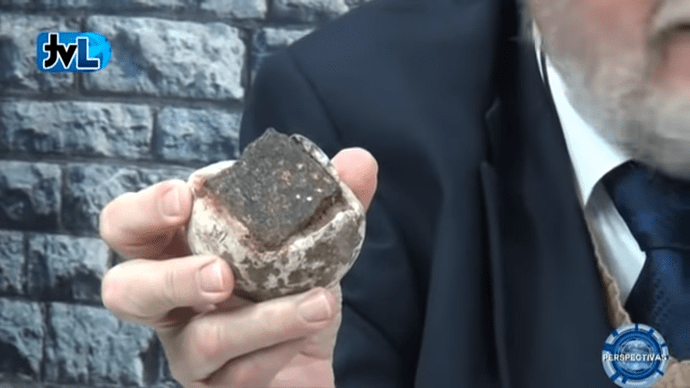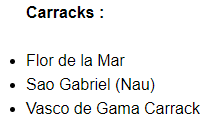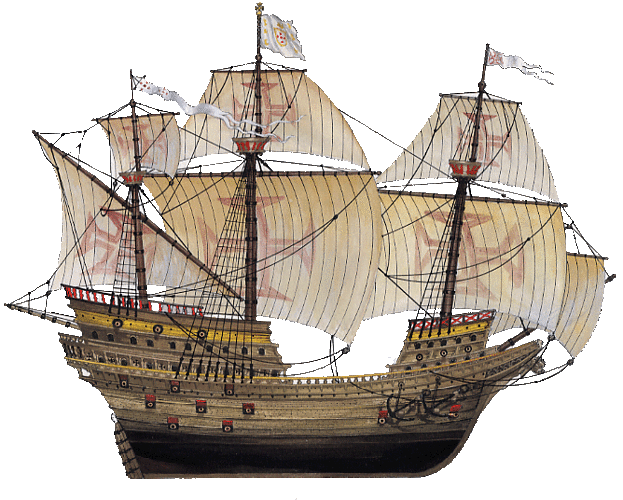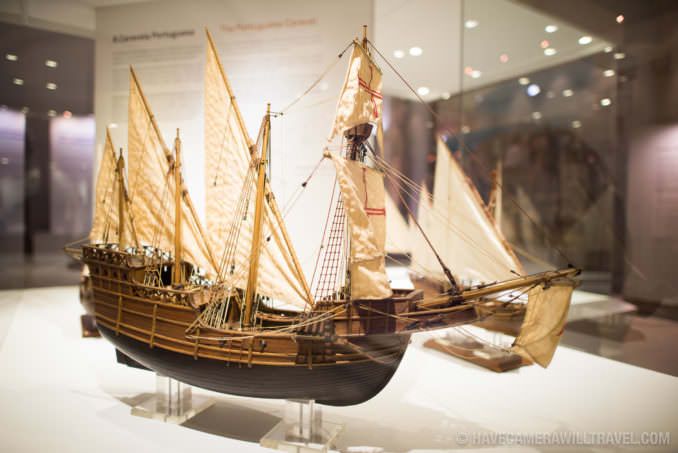Hello,
as an undergraduate historian and Portuguese man let’s explore what made the Portuguese empire the 10th biggest empire in History and how this little nation was able to become this BIG :

so here are some topic explaining you some history of the civ :
https://www.reddit.com/r/totalwar/comments/c7eotg/for_ca_and_a_future_medieval_3_the_portuguese/
The Portuguese were a little kingdom which came out from the reconquista. In fact it is a burgundian prince called Henri le Damoiseau which came to make the reconquista in Castille and Leon. He was count of Portugal which wasn’t a kingdom. After that his son fought his mother and proclaimed independance of Portugal.
Dark Age : During this period portugal was weak and small. Portuguese should have a bad early game. During those times portuguese soldiers were mostly Franks and German knights coming for the reconquista.
After this Monarchy became established but portugal had issues with the moors and the kingdom was poor. The kingdom was carried by many groups of elite military religious orders. Those were guys which were experimented in fighting during crusades and great battles.
Feudal Age : After the Portuguese Monarchy became established, Portugal became a point of interest for many militar orders. Those orders did the job for the portuguese crown. First the order of the templars and then the order of AVIZ. The gameplay should be oriented around elite squadrons of infantry during feudal and castle age. Those would be from the order of Aviz and order of the temple. Portugal should began to have a strong defense during feudal age.
as you can see Portugal Was a Hub for various military orders and that’s one of the reasons why this little country still exists today :
https://weaponsandwarfare.com/2019/08/06/order-of-avis/
Castle Age : During those times, Portugal became stronger and its monarchy began to be ambitious. The templars which were banned from pope and france came to Portugal and Scotland. Portugal became their main Home in Tomar. Templars then changed their name to the order of Christ. The order of Christ financed the schools of sagres which were naval schools. Those schools took many naval experts from europe gathered them and improved portuguese fishing boats. The caravel was born and portuguese were able to join india from sea detroying ottoman and italian monopoly on the spice trade. Portugal became quickly extremely rich.
During those times Portugal invented the caravel a fast ship for exploration and it invented the NAU a heavy castle carrack. Portuguese began to use a lot of swivel guns and put them on their ships. Portugal became the most powerfull naval kingdom in the world until 1570. This was due to the expertise of portuguese ships and gunpowder. Portuguese Gunpowder came from German engeneers from the holy german empire.
Portuguese are early users of Mortars, Arquebuses and multibarrel firearms. The issue with portuguese was their lack of numbers that’s why they tried to compensate with higher fire rate. Portugual should have access to early gunpowder units and their naval dominance should come to show itself.
Imperial Age : in the late middle ages the portuguese were known to have the best navy in the world even the spanish Emperor Charles/Carlos V the biggest european monarch which existed in European history exclusively used the Portuguese Navy for its expeditions. Portuguese invented the Galion which its first version was called the Botafogo :

Portuguese intially had issues with their swivel guns because despite their higher fire rate they were less powefull and had less range than the turkish cannon however they invented a secret tech which allowed them to outrange and outpower the turkish cannons. They invented a bimetallic cannonball which was made of a square of iron and had a round layer of led. The canonball was forced into the canon because led is malleable. When the canon fired the led melted and the cubic canonball was propulsed with unusal high pressure. Yeah portuguese were savages… sometimes the canons blowed because of this killing many men. One venetian monk traveling with portuguese said that the portuguese could fire 6 cannonballs while turks would have only fired 1 this tech was a big game changer :
Portuguese were also the first to use silex instead of a rope fuse on arquebuses. They standardised the use 70 years before european kingdoms used it. This improved their fire rate and was reliable on seas because water could defuse your arquebuse. Thanks to the german/portuguese engeneers the portuguse became experts on Gunpoweder and many weird firearms came to the portuguese arsenal :
So how should a portuguese civ work ?
-
It should have a bad early game and it will become stronger with each age. It should be a civilisation that you must defeat before it gets to imperial Age.
-
Because Portuguese had only 1 milion inhabitant it would be fun to make a gameplay about this aspect of the civ. In fact portugal has one of the must crazy history of winning unwinnable battles with numerical disadventages. One of the biggest examples is the battle of Ajubarrota. Battle of Aljubarrota - Wikipedia
Then portuguese would have a civ cap at 100/150 instead of 200 but have stronger units. -
Portuguese early game should focus on defending with their unique elite military orders : Order of Aviz and Order of Christ. Portuguese would then not have access to the every regular infantry/cavalry but instead have a limited quantity of elite squadrons.
-
Mid Game portuguese should become more powerfull with their navy and emerging gunpowder. Portuguese gunpowder should have faster fire rate than usual gunpowder units. One unique military tech bimetallic cannonball : improves range and damage of swivel guns on ships and on land. Unique unit Nau and Portuguese arquebuse.
-
Late Game : Focused on gunpowder. Unique tech : Portuguese Silex : Improves firerate of gunpowder units of 15% including ships. Unique Units portuguese Galion and organ gun.
-
Portuguese should have good fishing ships and bonuses on trades. They shall have a unique building producing ressources like the actual feitoria to compensate a population limit capped at 100-150.
What are your thoughts about this kind of gameplay ?
Lastly Naus weren’t like medieval carracks here is an arrticle saying that :
"Example of “Nao” at a time when the Portuguese Caraques had nothing to do with the “naves” of the Middle Ages "
they usually had 5-8 decks which is crazy.












